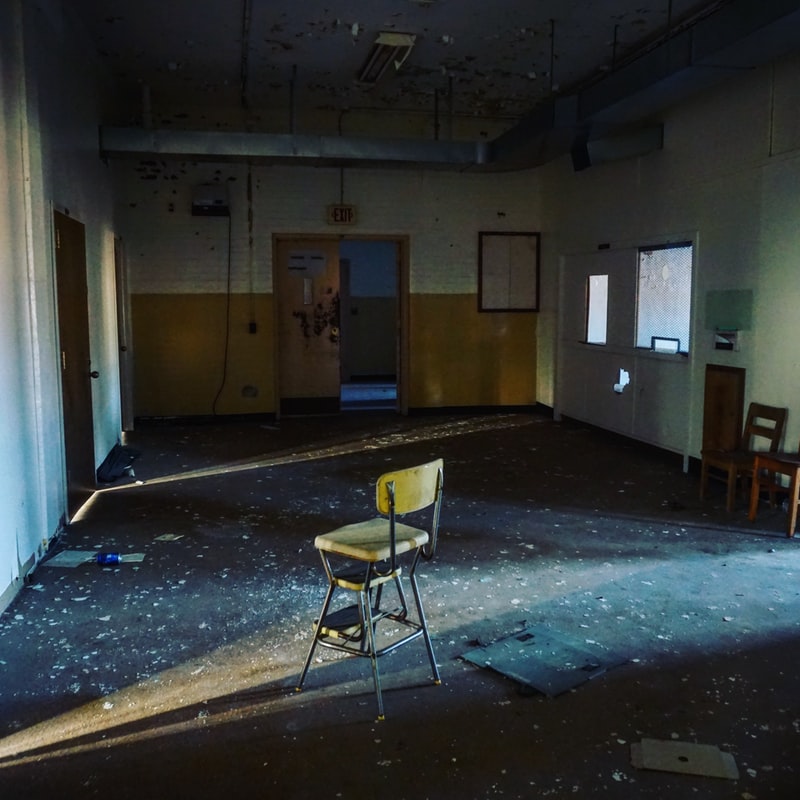Water Damage Restoration - Identify the extent of the water damage
Before you start any water damage restoration, the first thing that you need to do is identify the extent of the damage. This may sound simple but it’s a very important step in starting water damage restoration work.
Identify where the source of the flooding was exactly and how it occurred. Check for any appliances which might have caused or contributed to water damage in your house. Is there any indication whether external sources are also causing effects inside your home? Check the floor and other places to see if there are any other signs of water damage.
– Is there water seeping from under your doors?
– Is there a high humidity level in your home?
– Does it smell musty?
These are signs that indicate you should immediately contact a professional. Also check for visible signs of mold or discoloration on your walls, ceilings, floors, furniture, and other belongings as well as dark spots which could be rust stains on surfaces such as sinks and bathtubs. These may take time to develop but they’re always the first sign that something has gone wrong with your house. If you’ve suffered from severe flooding or it has been happening for quite some time already then there may already be mold and mildew in your home.
– Is there a noticeable difference in the color of your walls or ceilings?
– Does it feel spongy underfoot?
If you find signs of mold and mildew, water damage restoration should be immediately started. Mold and mildew can spread very fast and they may not be apparent to the eye at first glance but if you know what you’re looking for then chances are that you’ll quickly identify any signs of mold and mildew growth which is why these things should never be left unattended.
Furniture will also need to be checked carefully so take the time to thoroughly inspect your sofa, chairs, bedding, and other pieces including flooring materials such as hardwood or laminate. If you’ve had the misfortune of having your house flooded due to sewage damage, all contaminated items must be discarded immediately.
Prevention is always better than cure
This is one of the golden rules that should never be ignored. Water damage restoration can be very costly and while it’s also necessary if your home has suffered from flooding or any kind of water damage but there are quite a several things that you can do to prevent issues like these from happening in the first place. The following are some precautionary measures that you might want to consider:
– Avoid placing plants where they may fall on electrical appliances such as air conditioners, washing machines, dishwashers, etc.
– Prevent children from playing near open windows so they don’t fall out.
– Always make sure that all electrical appliances are kept off the floor and at a safe height whenever they’re not being used.
– Use carpets or rugs on any wet areas on your floors to prevent slipping. Also, make sure that you dry up wet surfaces as quickly as possible because moisture may lead to mold and mildew growth which will need water damage restoration work to be fixed as soon as possible.


